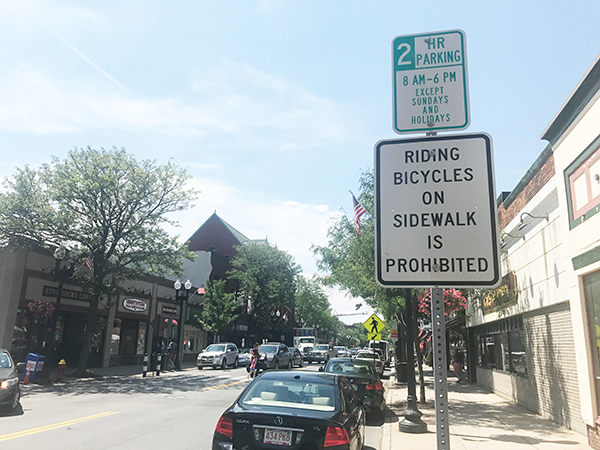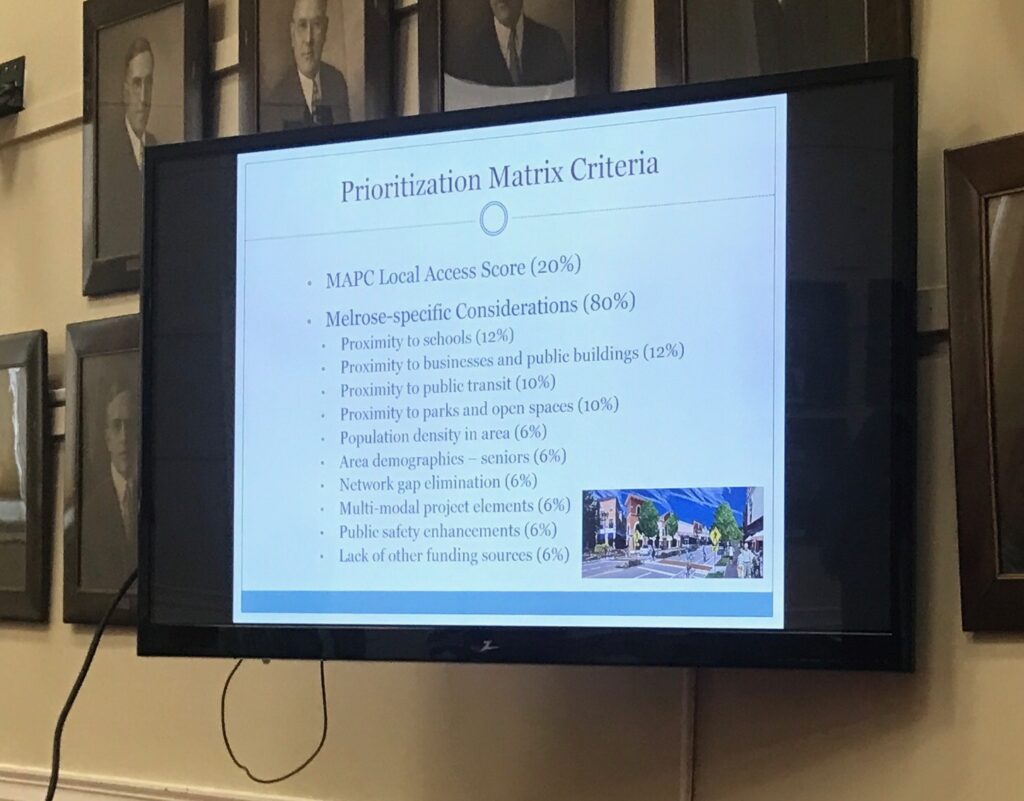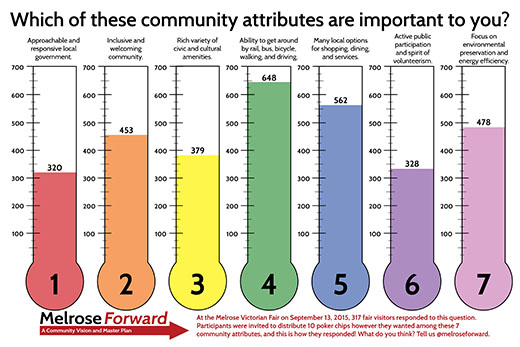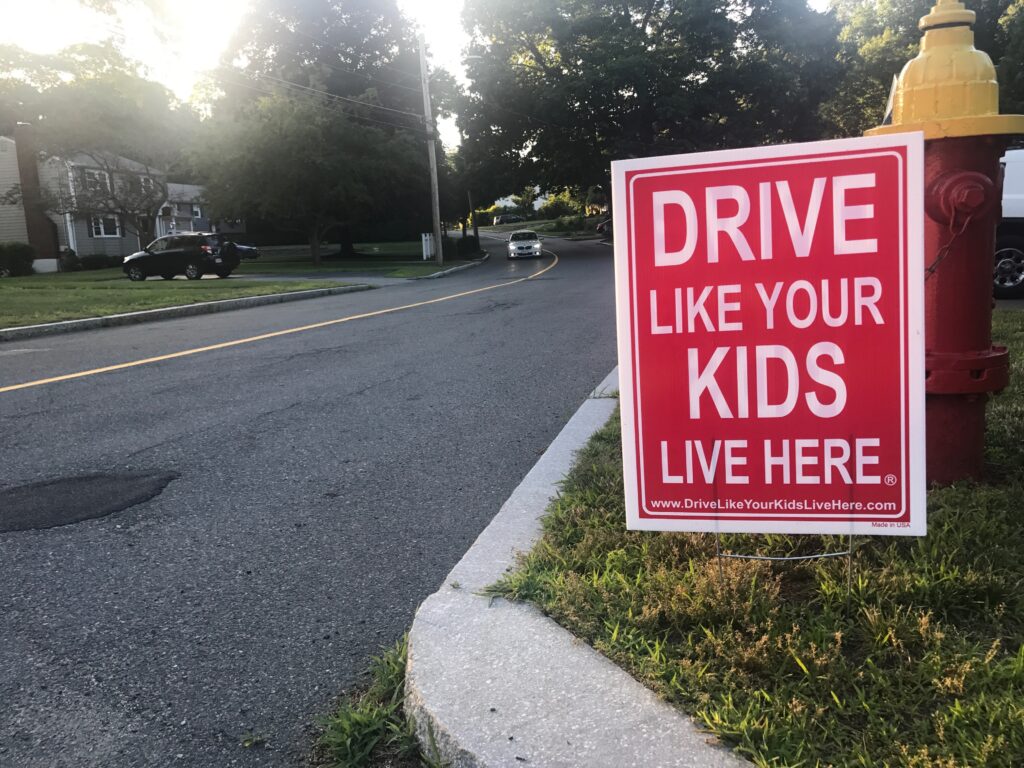
Originally posted on “Manisha for Melrose” campaign website on July 11, 2017. Many links are no longer active and have been removed.
Have you ever:
- Tried crossing the street at a crosswalk with a traffic light while walking in Melrose, and either waited for a long time for the signal to change to a walk sign or jaywalked because it took too long?
- Walked in certain neighborhoods in Melrose, such as along Swains Pond Avenue, where there are no sidewalks or discontinuous sidewalks?
- Thought it would be nice to be able to go for a walk around to Ell Pond, only to discover the walking path is very short?
- Tried biking on the street and found that that drivers were not used to sharing the road with bicycles?

These are all things I have thought about as I get around Melrose, and I was pleased to see that investments to address these specific issues were identified in the draft Melrose Complete Streets Prioritization Plan discussed at a public meeting on June 29. A year ago, in June 2016, the City of Melrose adopted a Complete Streets Policy. This enabled the City to access funding from the MassDOT Complete Streets Funding Program to develop a plan for updating the safety and accessibility of Melrose streets, sidewalks, and trails. Over the past several months, the City’s Engineering and Public Works Departments have worked with a consultant, BETA Group, to analyze the City’s transportation network. In analyzing possible project sites, the department considered criteria such as the proximity to popular destinations, the presence of seniors and children, and safety concerns. One of the data sources the consultant used, Local Access Score, was developed by my colleagues at MAPC. Local Access Score estimates the potential utility of a roadway to connect walkers and bikers to schools, shops, restaurants, parks, and transit stations.

Working with the Complete Streets Working Group to gather input from Melrose residents, the City and its consultant culled down a list of 43 projects to 25. In late June, I attended a meeting during which the city recommended that 15 of those 25 projects be proposed to MassDOT. If approved, the projects are eligible for up to $400,000 in funding from the MassDOT program. The projects identified by the Engineering and Public Works Departments for Complete Streets funding align well with the goals, strategies, and actions identified in the transportation chapter of the recently adopted master plan, Melrose Forward. I worked with the Office of Planning and Community Development to develop these recommendations based on feedback we heard from hundreds residents beginning with the September 2015 Victorian Fair. As we fleshed out Melrose Forward, we heard over and over again that one of the things that people value most about living in Melrose is the ability to get around by many modes of transportation — walking, biking, public transportation, and driving. Complete Streets improvements to our transportation network will promote public health and improve accessibility, making it safer and easier for people of all ages and abilities to get around the City.
